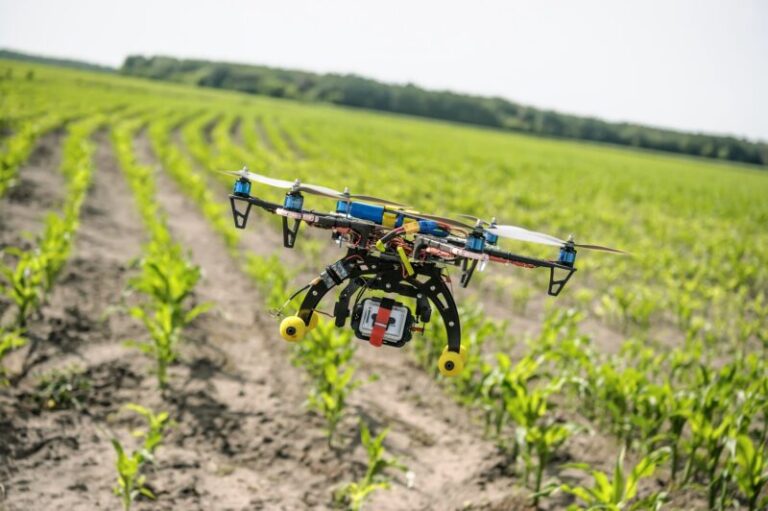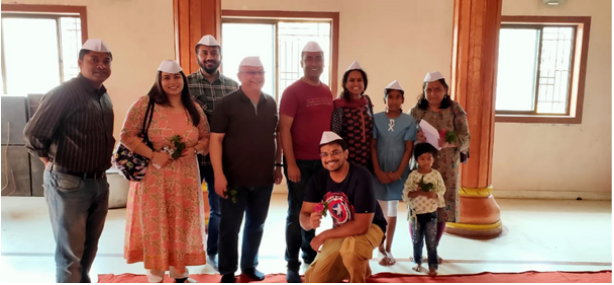How can women and girls participate in protecting the environment?
Women from indigenous groups, and local communities are the most vulnerable and bear the brunt of climate shocks. Research and statistics show that they would prove to be better partners (and not just participants) to achieve allocation, adaptation, and the deployment of resources for the green transitions. Repowering and repurposing ESKOM’s Komati Power Plant in South Africa, a coal-fired power unit into a renewable power plant has been a global reference for undertaking the transition of a coal-based power behemoth into a non-fossil unit. While doing this transition, all-out efforts were made to study the impact of the plant closure on local youth, women, and the communities at large. There was retraining, reskilling, and building ecosystems for micro-grids and community-based renewable energy initiatives for sustainable livelihoods. Informed by the gender analysis, the Komati repurposing and repowering included consultations with women, women leaders, inclusion of women and girls in training as artisans and encouraging girls in STEM education.
Gender Day at COP27
COP27 witnessed a wide spectrum of policy makers, grant makers, industry, indigenous peoples, civil society organisations sharing their stories of impact in the various areas of integrating gender with the sustainability agenda.
Pune-based Swayam Shikshan Prayog was recognized with the award in the ‘capacity and knowledge’ category for its work in supporting women farmers to adopt more resilient and sustainable agricultural practices in Marathwada region of Maharashtra through its women-led climate-resilient farming (one acre) model helping farmers to transition from cash crops to food crops, as well as organic farming practices to create a diverse and resilient livelihood.
COP27 panel discussions on gender and climate change reflected a global thought leadership about the following areas:
- Need to boost resilience and adaptive capacities in gender sensitive ways.
- Support women to thrive in greener economies by building talent and capacity through STEM education, bringing women into renewable energy value chains.
- Involve and empower women in decision making at all levels.
- Empower women to access skills, reproductive health services, quality and affordable care, economic inclusion, entrepreneurship, providing cash and digital tools
- Foster indigenous and local women in climate leadership to improve conservation and climate outcomes
- Integrate gender into climate investments and expand gender sensitive climate finance
- Integrate gender into key transitions in energy, agriculture, food, water, land, cities, transport and manufacturing




